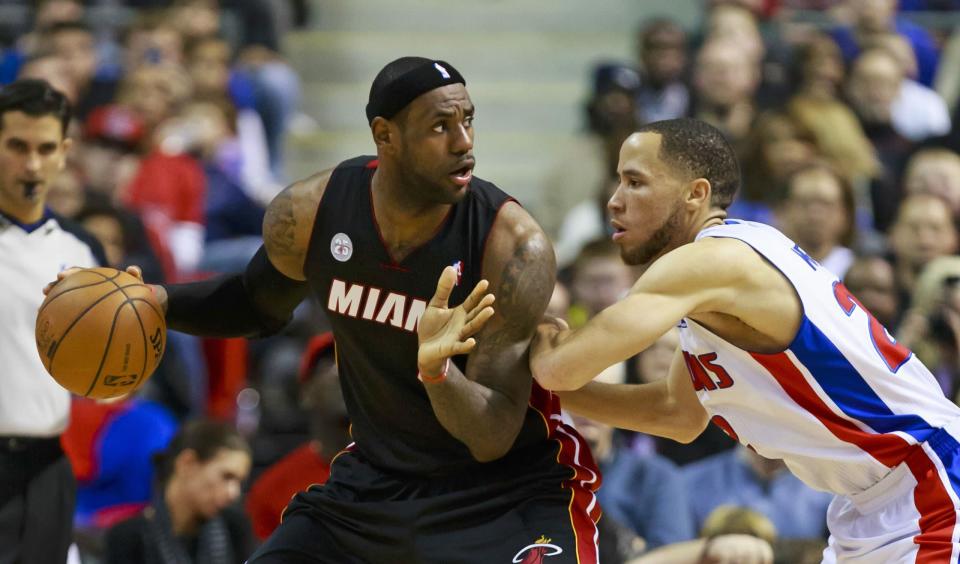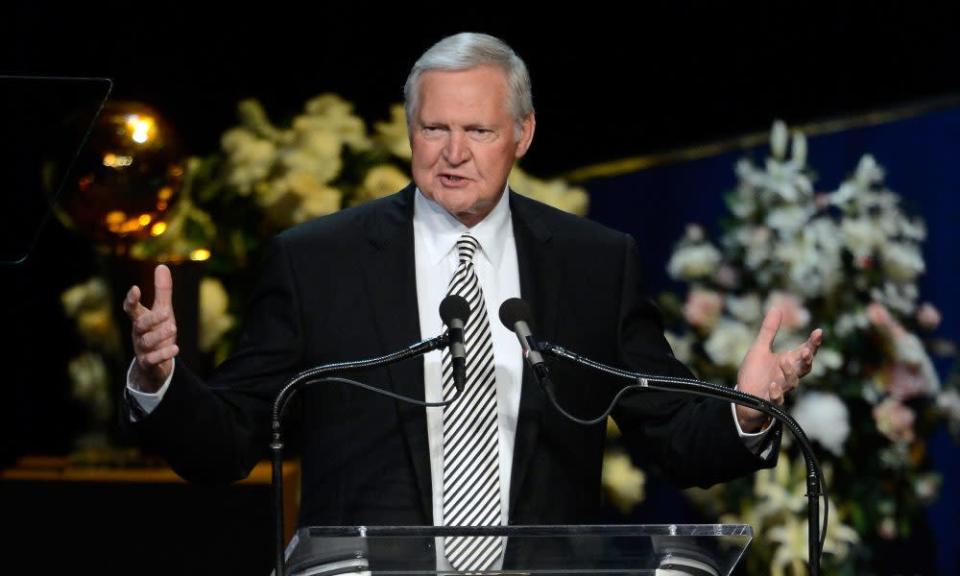
Back in the day, Tayshaun Prince was considered one of the NBA’s premier wing defenders.
He played during a time in which the careers of Kobe Bryant and LeBron James overlapped, and he had the unenviable task of guarding both of them in the postseason.
The debate of whether Bryant or James is the greater player has always raged on, and although most fans feel James has had the better career, plenty of Los Angeles Lakers fans still cannot put him ahead of the Black Mamba.
They were definitely two different types of players, and they had different strengths and flaws.
Prince recently broke down the difference in trying to guard Bryant and James.
“They’re both different. With Kobe, there was a sense of, you had to make sure that you don’t let him get to his sweet spot because it was a rhythm thing… With a Kobe it was a matter of don’t let him get to a sweet spot. He’s gonna be physical with you, he’s gonna try to wear you down, so once the fourth quarter comes he would get to those spots and everything else is butter.
With LeBron, it was a matter of, you gotta fight through 150 pick and rolls throughout the whole game.
So it was two different things you had to worry about. With LeBron, it was pick-and-roll after pick-and-roll after pick-and-roll. With Kobe, it was a matter of don’t let him get to his sweet spot, he’s gonna beat you over 3 quarters, and during the 4th quarter, it’d be easier to get to his sweet spot.”
The consensus around the basketball world is that while James is much more physically gifted, as well as one of the two or three greatest physical specimens in the game’s history, Bryant was clearly more skilled.
While James has been more prolific in terms of his statistical accomplishments, Bryant was more successful in a team context. The 6-foot-6 guard won five world championships and lost only two, while James is 4-6 in the NBA Finals.
One of those championships Bryant lost was to Prince’s Detroit Pistons. Prince did quite the defensive job on the late Lakers great in that series, holding him to 38.1 percent shooting.
List
On this date: Jerry West retires from the Lakers


